There’s something almost spiritual about the quality of light in Saintes Maries de la Mer.
Capital of the Camargue region of southern France the town sits on the Mediterranean coast, entirely surrounded by water, bordered by 50 kilometres of pristine beaches and backed by the rice fields, marshes and reed beds of the Camargue National Park. Unfettered by concrete towers and reflected in the myriad bodies of water that fill the endless space, the sunlight spills over the town with a startling intensity, burning the retinas with the bright white of the egrets’ wings and the burnished rose of flamingo feathers.
Scents of the gastronomic specialities of the region assail visitors from every side as you stroll through narrow streets lined with whitewashed shops, beneath the constant gaze of the Romanesque steeple of L’Eglise de Saintes Maries. Bubbling pots of Rouille de Pêchear (fish stew); fragrant bowls of clams, beefy Gardiane de Taureau (bull’s beef and red wine stew) and garlic infused mussels gnaw at hunger, aided and abetted by the sugary sweet scent of nougat and of sticky Tuiles pastries. At the tables of pavement restaurants visitors work their way slowly through silver, three-tiered platters filled beyond capacity with oysters on ice; whole lobsters, succulent king prawns, mussels and crab while trickles of condensation run down the sides of their glasses of perfectly chilled Côtes de Provence. This is not the town in which to spend your ‘5:2 fast’ days.
Were they to roam the green pastures of neighbouring Provence, the black bulls of the Camargue would be as incongruous as Highland Cows in the Sahara but here, amidst the stark beauty of the wetlands, they blur the border between Spain and southern France and provide an enduring symbol of the region. Smaller than their Spanish equivalent and with horns shaped like a lyre, the bulls of the Camargue have never become domesticated. Roaming the plains in manades, herded by Guardians (cowboys) and bred for their meat, they feature extensively in the culture and traditions of the town where bull runs are a common occurrence.
Less bloodthirsty but no less daring than its Spanish equivalent, in the Camargue version of the battle between man and beast the bulls have ribbons affixed to their horns which the raseteurs have to remove, preferably without being impaled. The bulls are never killed during a run and many of them will participate in a number of competitions during the course of their lives. For the Guardians, breeding a ferocious and agile bull whose name is remembered long after the beast has died is every young cowboy’s dream.
Indispensable to the Guardians, the white horses of the Camargue are used to herd the bulls; as work animals on the ranches and increasingly, to provide pleasure rides for the thousands of visitors who annually visit the region. During the Roussataio, herds of brood mares are driven through the streets as a reminder of what used to be a not-uncommon sight as the mares were passed from village to village during harvest to thresh the corn.
But it’s not just the white horses, black bulls and extraordinary landscape of Saintes Maries de la Mer that make it so special, it’s the heady mix of French rural tradition and Spanish passion that really set it apart from anywhere else in Europe. And it’s the gypsy spirit that’s responsible.
Legend tells of a boat that washed up on the shores of Saintes Maries de la Mer shortly after the crucifixion of Christ. The boat contained Mary Magdalen, Mary Jacobe and Mary Salome, the three Marys after whom the town is named, along with their Egyptian handmaiden, Sara. Close disciples of Christ, the boat’s occupants were hounded and arrested following his death, then placed in a small skiff without oars and set adrift on the Med. When the boat safely reached land, Lazarus, Martha and Mary Magdalen continued on their journeys to teach the scriptures; Martha to Tarascon, Mary Magdalen and Lazarus to Marseilles. The other two Marys and Sara remained in Saintes Maries.
Never recognised by the church, Sara is said to have dedicated her life to protecting the children of the French gypsies, or Gitans, from persecution as a result of which she was adopted by the Gitan as their Patron Saint. Since the 12th century, during the Gitan Pilgrimage in conjunction with the Patron Saints’ Day of the three Marys on 25th May, tens of thousands of Gitan, Romany, Manouche and Tzigane Gypsies descend upon the town to carry the statue of Sara down to the sea on their shoulders the day before the Saints arrived so that she can wait to welcome their arrival to the shores of Saintes Maries.
An important festival in the Gypsy calendar, it’s an opportunity for friends and relatives from across Europe to get in touch again, to have their children baptised in the church and to party. Many of the Gitan have Catalan and Andalucian roots and the celebrations feature flamenco dancing, guitar playing and the presence of bodegas in the streets late into the night. It was around one of the campfires during the Gitan Pilgrimage celebrations that The Gypsy Kings were born, the Reyes and the Baliardo brothers playing together as teenagers while they celebrated their Gitano roots. And it was in May 1975 that Bob Dylan spent his 30th birthday at the festival and was inspired to write One More Cup of Coffee. With his acclaimed album ‘Blood on the Tracks’ released just four months earlier and his marriage to Sarah Lowndes on the rocks, whether the songwriter had a brief affair with one of the Gitans he encountered is unclear. But what is certain is that Dylan felt the gypsy spirit of Saintes Maries de la Mer.
Your breath is sweet
Your eyes are like two jewels in the sky
Your back is straight your hair is smooth
On the pillow where you lie
But I don’t sense affection
No gratitude or love
Your loyalty is not to me
But to the stars above
Bob Dylan – One More Cup of Coffee, 1975
The statue of Sara is housed in L’Eglise de Saintes Maries and access is via a door at the back of the church. Also accessible (although a minimal charge is made) is the church roof from which you get extensive views over the town, the Camargue and neighbouring Provence.
Andrea (Andy) Montgomery is a freelance travel writer and co-owner of Buzz Trips and The Real Tenerife series of travel websites. Published in The Telegraph, The Independent, Wexas Traveller, Thomas Cook Travel Magazine, EasyJet Traveller Magazine, you can read her latest content on Google+

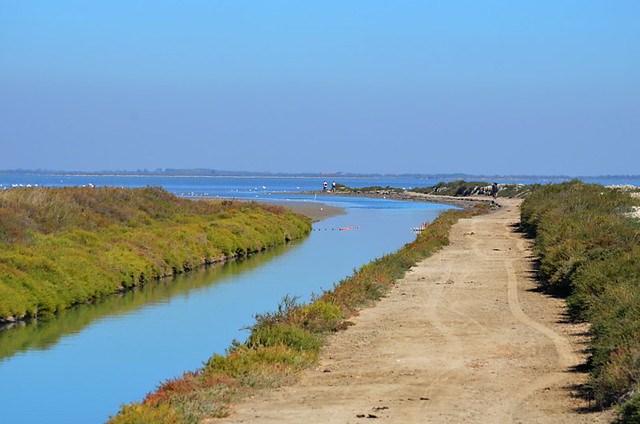
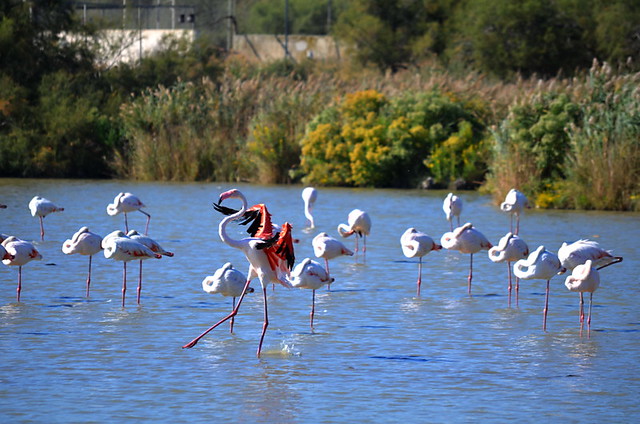


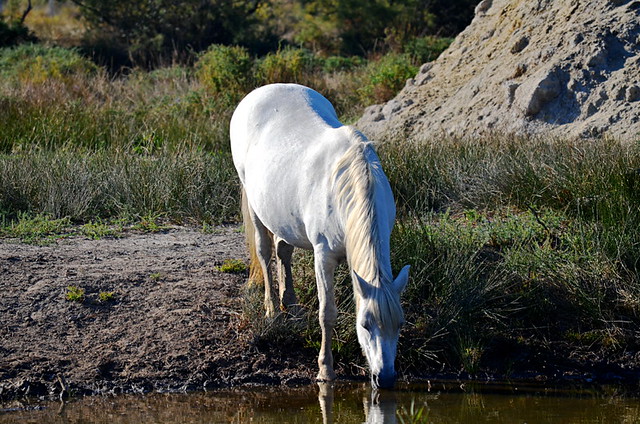

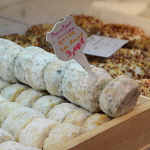

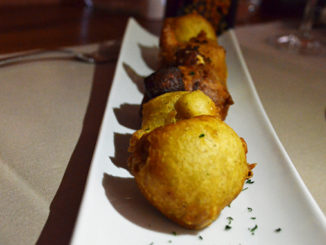
Be the first to comment